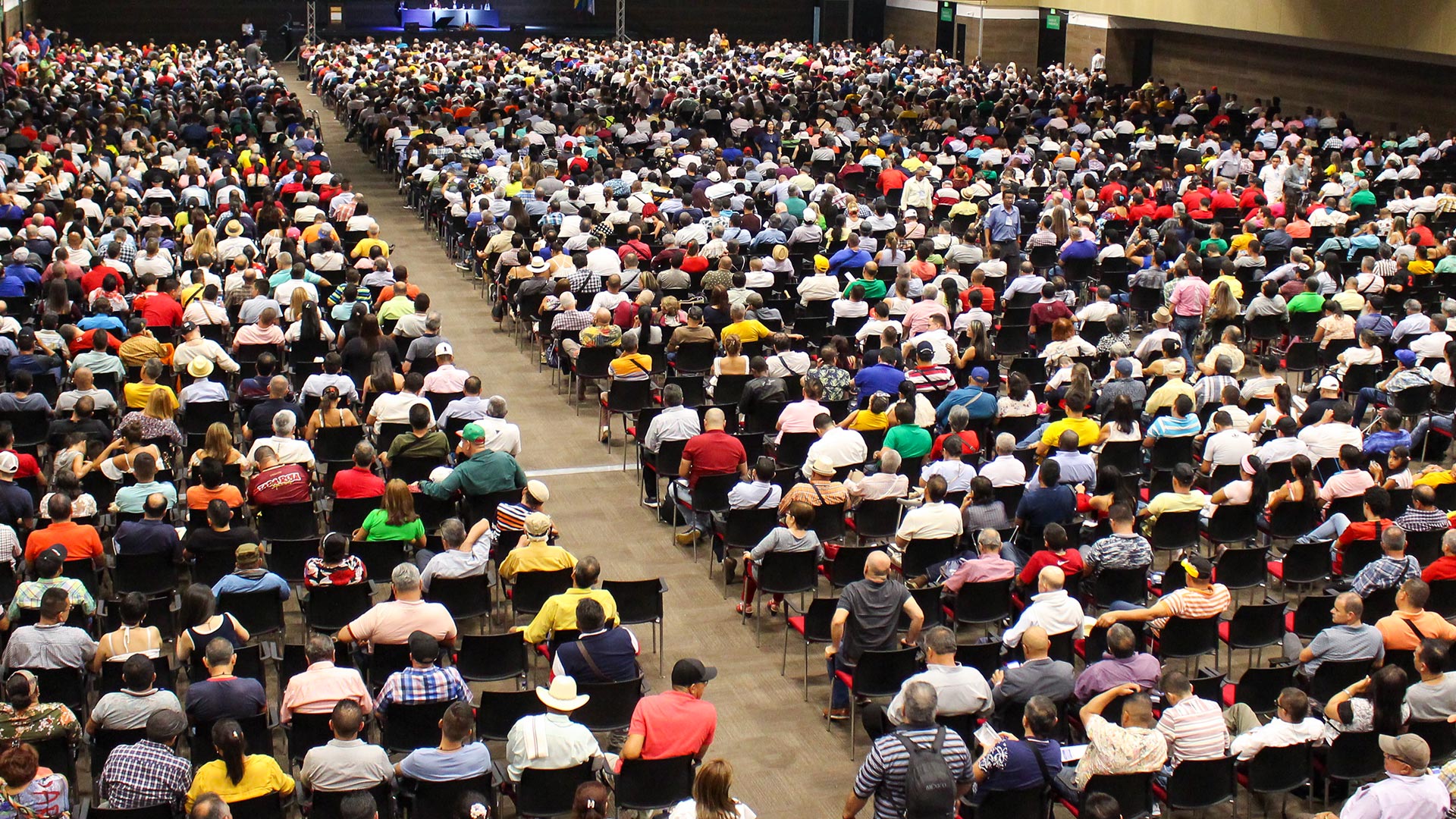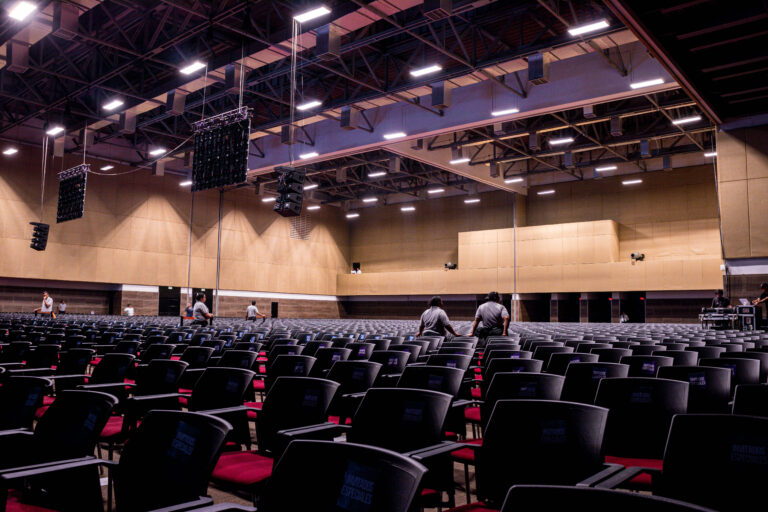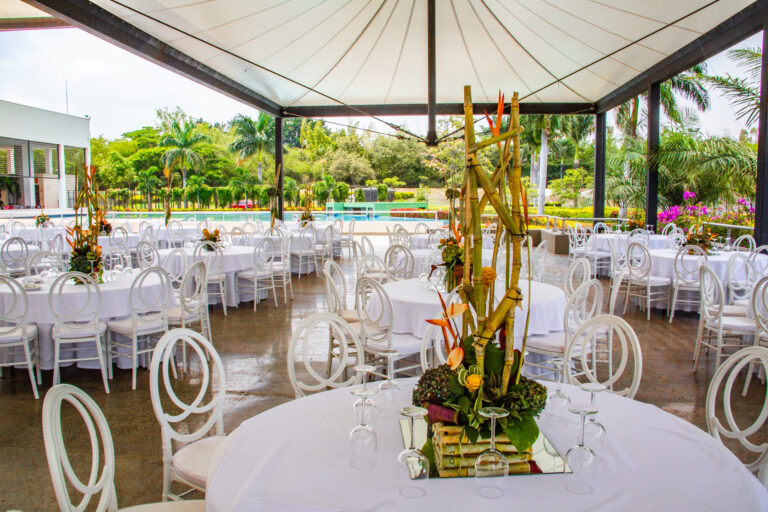In recent years, Colombia has seen excellent growth and positioning as a meetings destination in the Americas.
“The recovery shown by the meetings industry in Colombia allows us to look optimistically at the projections for this segment, which generates around $US2.450 billion annually, representing 22.8% of the country’s total tourism revenue. By June 2022, the country had already exceeded the total number of events captured throughout the previous year, surpassing expectations set by promotion entities and the National Bureau Network,” stated Gilberto Salcedo, Vice President of Tourism at ProColombia.
If you’re planning an event soon, consider the following steps, as they are crucial for achieving your goals.
THE VISION
Step 1
It’s important to answer the following questions to define your event’s objective:
- Do you want to increase sales of your products or services?
- Are you launching a new product?
- Do you want to gather all the people involved in your company?
With clear answers, you can establish the objective and proceed with the next steps.
Step 2
Define your stakeholders; clearly identify your customers, suppliers, collaborators, new clients, associations, shareholders, industry data, and other internal and external factors that directly or indirectly affect your event and company.
Recommendation: Keep your database up to date.
CREATION
Step 3
Have a clear idea of the experiences you want to provide and establish your competitive advantage. To create a successful event, focus on the experience and how to touch attendees’ emotions so that the event stays in everyone’s memory.
- Academic agenda
- National or international speakers
- Exhibition participants
- Number of booths
- Shows
- Networking activities
- Social activities
- Touristic activities
Recommendation: Define your competitive advantage; this refers to the unique and sustainable characteristic over time that no other competing company possesses in the same market.
Step 4
Define what type of event you will execute: Will it be academic, social, cultural?
Step 5
Define the date and duration. This step is vital; consider how long your guests will stay at the event, other events in the city, celebrations, or industry activities to determine if it will be held on weekdays or weekends.
This is just the beginning to estimate the event planning time.
Step 6
Define the capacity. Will your event be massive, VIP, or have different capacities according to your activities? This simplifies the process, allowing you to anticipate all attendee needs.
Recommendation: Your capacity may change when you reach step 9.
Step 7
Who are the key people to invite to ensure the desired impact of your event? It’s crucial to know which public figures could help leverage the event and reach new eyes or the target audience, such as managers, partners, and the community at large.
Step 8
Create a schedule of activities. Planning is crucial when organizing an event, so a schedule helps you organize and meet all established goals.
Recommendation: Remember to include responsibilities, activity execution times, delivery dates, and types of deliverables.
Always remember: “What is not planned, cannot be controlled.”
REALITY
Step 9
Create a budget. This roadmap shows the monetary investment or partner contributions and how they are allocated across different event components, ensuring financial control.
Step 10
Establish an organizing team or committee to cover different areas and adhere to the established schedule.
Recommendation: Key team members should include leaders in communication and marketing, logistics and operations, and finance.
INNOVATION
Step 11
Conduct a test to verify if the topics and activities align with your desired event. Consider whether the agenda and planned activities are of interest to your audience, speakers, personalities, and others.
Step 12
Define a communications and marketing plan. This aims to implement communication strategies across various channels, whether digital or traditional.
Recommendation: Define your tools or software for recruitment, invitations, coverage, satisfaction surveys, business relations, among others.
Step 13
Choose the venue. Consider capacity, room square footage, spaces for social events, additional services like parking, catering, audiovisuals, and on-site support during your event.
Recommendation: For events with more than 200 people, conduct food tastings for the event menu.
“The country has 27 convention centers and over 450 hotels with event venues. Notable venues include Ágora in Bogotá, the Cartagena de Indias Convention Center, the Plaza Mayor Convention and Exhibition Center in Medellín, and the Valle del Pacífico Event Center in Valle.” – Procolombia
THE MOMENT HAS ARRIVED
Step 14
Begin the event setup phase.
- Organize work schedules for your team, as they will spend many hours at the venue.
- Consider catering for your operational and logistical teams.
- Hiring private transportation is always a good idea.
- Have a schedule for supplier arrivals and setup deliveries.
When the time comes:
- Arrive one hour before your attendees.
- Experience your attendees’ journey before opening doors to refine final details.
- Confirm that international and national attendees are en route.
- At the end of the first event day, provide feedback with your committee and address unexpected occurrences for the next day.
When ending:
- Having a dismantling schedule will avoid additional costs.
- It’s important to conduct feedback activities like surveys and/or rating systems during and after the event. This provides real feedback on the event and informs future planning.
“Events always have unforeseen circumstances; don’t worry. If you have leaders for activities, there will always be a solution.”
THE LEGACY
Step 15
Don’t forget to launch your event’s second edition; this creates more impact in the sector you are targeting. Each version allows for better positioning and improvements.
Recommendation: Your event should be socially and environmentally responsible; leave a legacy in the community.




